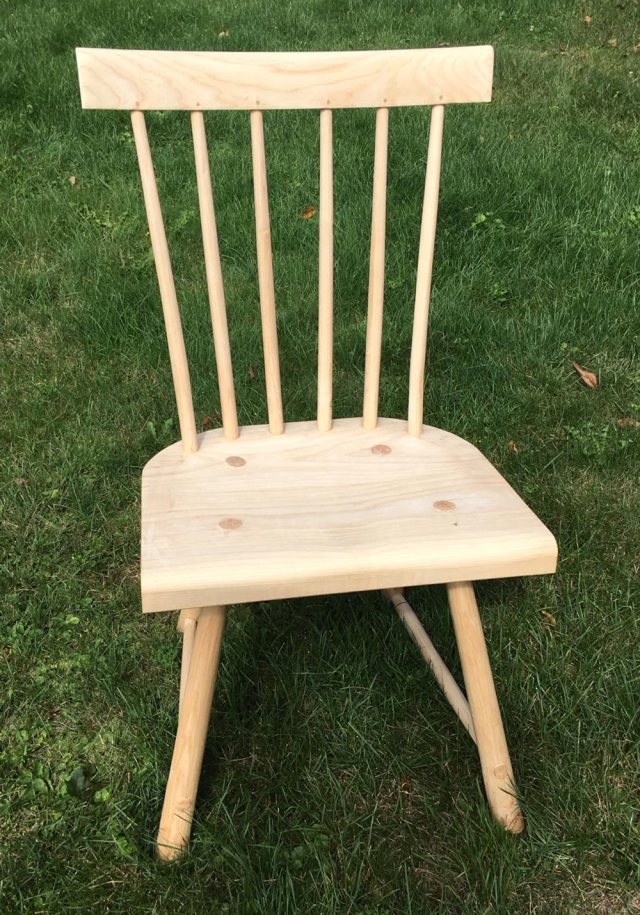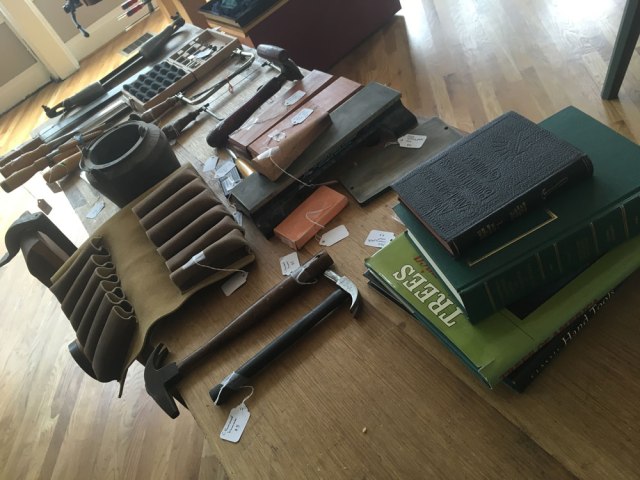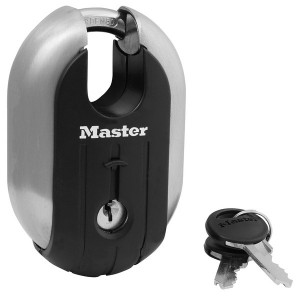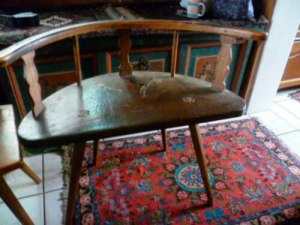Armoured trains in the First World War – National Railway Museum blog
Fearing invasion in 1914, the government of the United Kingdom sought ways in which to protect our shores. One of the measures mooted was the use of an armoured train based somewhere on the East Coast. The idea was that an armoured train would be able to reach a possible invasion point with speed, be armed and sufficiently manned to deploy an infantry force with artillery support, and capable of slowing down the enemy advance until some further support arrived.
In December 1914, Great Northern Railway 0-6-2 tank engine (1587) was purchased and two 30 ton boiler-trolleys were acquired from the Caledonian Railway, along with two 40 ton coal wagons from the Great Western Railway. These vehicles were sent to the London and North Western Railway (LNWR) works at Crewe to be made into the armoured train.
The boiler-trolleys were fitted with a 12 pound, pedestal mounted, quick firing gun with a shield. This had to be fitted between the bogie wheels so that the weight of the gun, and the force of the recoil when fired, could be evenly distributed on both axles. A cabin was constructed behind the gun to house an ammunition compartment, a maxim gun compartment and a small office for the Officer Commanding the train. The whole vehicle was clad in ½” armour plate into which loopholes for rifle engagement, protected by small sliding doors, were cut.
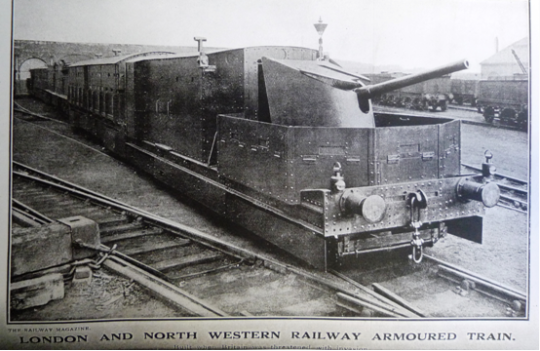
The coal wagons were converted into infantry vans. Each was fitted with the ½” armour plate, again with suitable loopholes. One van was open throughout, and was fitted with folding tables, ammunition lockers, rifle racks, drinking water tanks and a coal fired cooking stove. The other, although similarly fitted, was partitioned to create separate quarters for the officers. One of the vans (probably the soldiers) was also fitted with two coal bunkers, each containing one ton of coal for the use of the locomotive should it be required. Beneath its frames were four 200 gallon water tanks also for use by the locomotive.
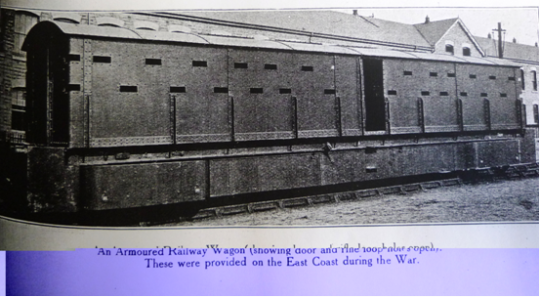
Rather uniquely the locomotive did not need to be operated from the footplate as driving was undertaken from either end of the train. This was done by means of an intermediate regulator valve fixed on the side of the smokebox, and controlled through a link and lever actuated by a vacuum cylinder on the engine footplate. The driver and fireman would communicate via a dedicated telephone. The reason for the unusual driving position was to allow the driver a clear view of signals and oncoming traffic.
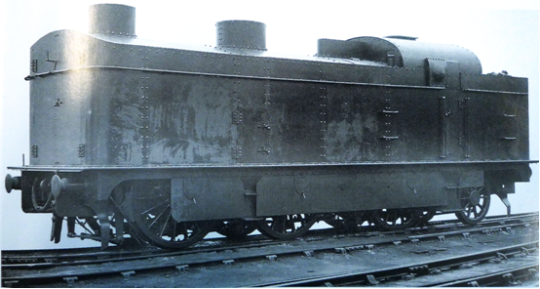
The train formation was fairly standard and based upon previous experience from running armoured trains in India and South Africa. A gun truck was placed at the front followed by an infantry van, then the locomotive, the second infantry van and the second gun truck brought up the rear. To allow personnel to move between the vehicles, platforms were placed between them and a walkway was fitted to the side of the locomotive.
Although the armoured trains were never called upon to fulfil their primary role they did provide a morale boost to coastal communities that feared the German Navy.
In 1919 both trains were stabled at Catterick before being transferred to Longmoor Military Railway for breaking up. In 1923 LNER bought back the locomotives. The wagons were used as rail carriers and general goods vehicles at Longmoor. In the 1930’s the wagons were used as part of an experimental end-on track-laying machine, then eventually scrapped at Doncaster in 1956.
Find out more about our upcoming First World War exhibition and related resources.
Further Reading
British Locomotive Catalogue 1825-1923, volume 5B Great Northern Railway and Great Central Railway.
Pratt, E.A., 1921. British Railways and the Great War, Vol. 2. Selwyn & Blount.
Ronald, D.W. & Carter, R.S., 1974. The Longmoor Military Railway. David & Charles.
The Great Western Railway Magazine, May 1919.
The Railway Magazine, April 1919.
Yeadon’s Register of LNER Locomotives, volume 25 Class N1 & N2 Tank Engines.
